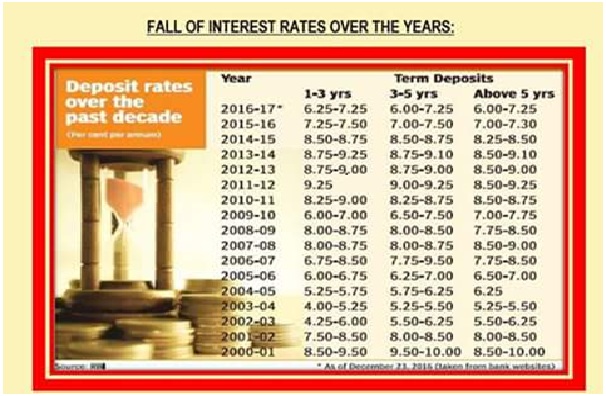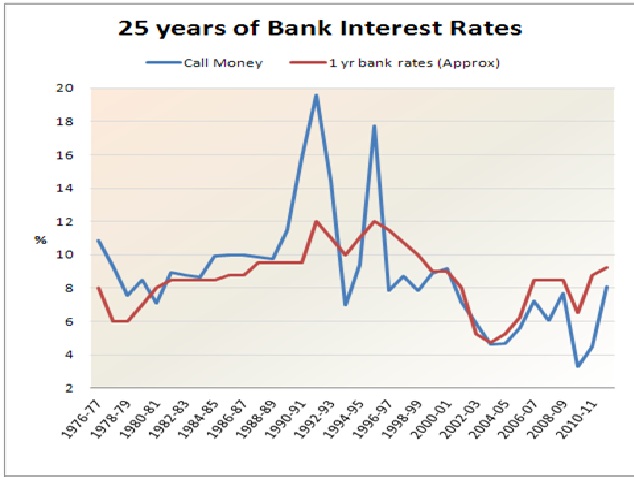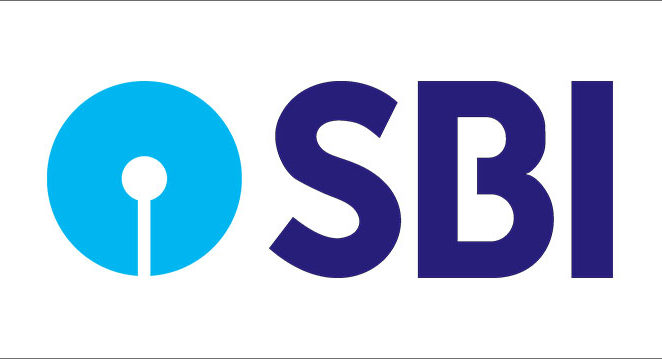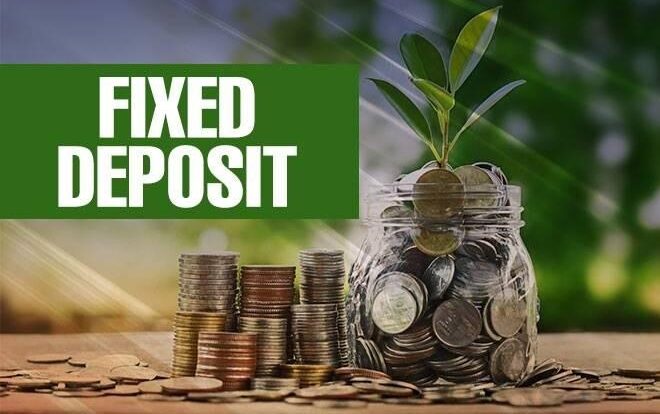Gopabandhu Mohapatra
You will be surprised to note that deposit interest rates in a few countries in Europe are in the negative. This basically means that these countries are “overflowing” with money and the money is really not in demand. In the aftermath of a financial crisis and even years later, the situation is not growing much and the economy is still slow. Hence, banks by offering a negative rate of interest on their deposits, telling the customers, “don’t come to us, go and spend the money”.

In India, the aim of investment is wealth creation. Generally, people get satisfied when they are offered a 10-12 percent interest per annum on a five-year bank fixed deposit. They feel excited that the return is sufficient to take care of the price rise as seen around. Deposit rates in India have mostly ruled high during the late 1990s and it was at 11-13 percent levels. Many bonds were offered then @ 12%-14% to retail buyers. But, since 2000, banks have been offering lower rates in the 9-10 percent range, and thereafter the Rate of Interest slowly being slashed down and now the interest rate offered in FDs are @ 6.0% per annum for tenors of 5-10 years.
But of late, the interest rates on traditional fixed-income instruments have been coming down for some time now. These are tough times for senior citizens living on their investments. For a Senior Citizen, the Fixed deposits (FD) are ideal for investors with a low risk appetite looking for assured returns. Fixed deposits allow investors to deposit their money for a specific period of time for a rate of interest which is typically higher than what is offered for a savings bank account.

Assuming that an individual senior citizen, who seldom looks beyond safer avenues like Bank deposits and post office deposits are clue less and with very little option. More particularly for the aged, who are at the fag end of their lives, this decrease in interest income is without any doubt, too hard and painful for them. Hence, the rate of interest for Senior citizens FDs in banks should be kept stable even while reducing the Interest rates on other FDs. This will ensure that the interest income will remain constant for senior citizens.
On 15 May, the SBI launched a special fixed deposit (FD) for senior citizens called “SBI We Care”. On 18 May, HDFC Bank followed suit with its “Senior Citizen Care FD”. Both FDs offer an interest rate of 6.5% per annum for tenors of 5-10 years. Two days later, the Union Cabinet revived the Pradhan Mantri Vaya Vandana Yojana (PMVVY), valid till March 31, 2023, which has a 10-year tenure. The new PMVVY offers a rate of 7.41% per annum in FY21 and the rate will be reset as per the Senior Citizen Savings Scheme (SCSS) rate every year.
After the finance ministry modified PM Vaya Vandana Yojana (PMVVY) pension scheme for senior citizens, Life Insurance Corporation of India (LIC) has launched the non-linked, non-participating, pension plan on May 26. After this modification, according to the LIC website, the scheme will earn an assured rate of return of 7.4 percent per annum which will be payable monthly for the entire duration of 10 years. This plan is available for sale commencing from 27.05.2020 for three financial years — up to 31st.March 2023. LIC is solely authorized to run the scheme that offers a total payout not exceeding Rs. 15 lakh.

There are also various small savings schemes — National Savings Certificate, Public Provident Fund, Kisan Vikas Patra, Senior Citizens Savings Scheme, Post office Fixed Deposits. Just ten years back this scheme was paying interest of nine per cent. With the present reduction, the savers will receive 7.4 per cent from April 1, 2020. The reduction is applicable not only for accounts to be opened but also for the existing ones.
Since there’s a cap of Rs. 15 Lacs in Senior Citizens Savings Scheme(SCSS), the rate of interest can be kept stable even when the rate of interest on other small savings schemes are changed. Another option for retirees is Senior Citizens Savings Scheme (SCSS) that currently offers 7.4% interest rate. SCSS has an investment ceiling of Rs. 15 lakh. For a senior citizen couple, it would be Rs. 30 lakh. This scheme has tenure of five years. Though it can be closed prematurely, the interest rate payout would be less.

In reality, the decision to increase or decrease FD interest rates depends on various factors such as liquidity and demand and supply conditions. When there is no off take in credit growth, banks reduce deposit rates. On the other hand, when demand for credit is high, banks increase rates on FDs as they need more money to lend. At present, the demand for credit is poor, hence banks are reducing rates.
Apart from the above, the business community often pressurize the government for a reduction in interest on credit, so that the production cost can come down. RBI also advocates lesser interest rate for credit for faster growth of the economy. Hence, the question is how long should investors lock in their money in FDs? Usually, a period of two to three years is taken for a longer-term view. But given that interest rates could move down from the current levels, one can look at a longer time period, of say five to seven years. If you are getting a good rate of interest for this time period then it makes sense to invest the money and enjoy the benefits.

The worry with taking a shorter-term deposit is that you would have to reinvest the amount as the deposit matures. The rates prevailing at the time of reinvestment may be less, which could lead to a future loss of income. However, by locking into higher rates now, you can ensure a positive real rate of return at a time when inflation starts to ease.
Since interest rates are expected to go down, the smart strategy for investors today is to ensure that they lock themselves into a fixed deposit for a longer time period so that they continue to earn higher rates of interest even if rates were to go down.
(Author is a former Banker. Views expressed are personal)























FD is considered safe investment for a conservative investor as it provides certainty.But FDs are bad investment during high inflation.